
Completely unbeknownst to each other – several of my pals have booked trips to Japan in exactly the same time frame as each other.
As such, I’ve been asked for recommendations of essential omiyage – which reminded me of this draft I’ve had on my back burner ever since I lived in Japan. (But seemed a bit pointless to post at the time with the borders being closed…)
Here are some of my suggestions for mostly inexpensive items you can bring back from Japan, and where I recommend you pick them up.
Japanese Supermarkets

Snacks make the best kind of souvenirs in my opinion – but of course if bought from a speciality shop, expect to pay a premium. However, there likely be a supermarket within walking distance from where you are staying (especially in the cities) and most of them are open 24 hours a day, so be sure to stop by on your way back from a day of sightseeing.
I love visiting the supermarket in whichever country I am visiting as you get a feel for what locals are buying, but it also is a good chance to pick up some snacks to bring home.
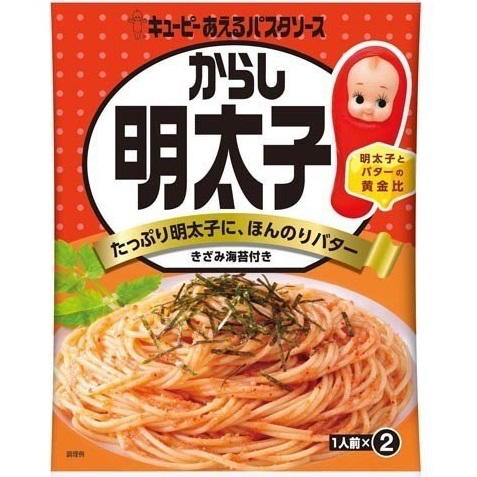
Savoury.
For savoury, you can’t go wrong with a good ol’ curry sauce for katsu curry (Wagamama could never…), furikake rice seasoning, senbei rice crackers – but my personal recommendation is to bring home a few packets of mentaiko sauce for spaghetti (above) – so, SO good!
Confectionary.
Chocolate, cookies and the like are much cheaper at the supermarket than in souvenir shops. Yes, you can usually pick up a range of Japan’s infamous KitKats for a fraction of the price. There have been over 200 variants released over the past 20 years so you’re bound to find some unique flavours not found in your country.
If you’re not sure what to get then green tea Kit Kats are a staple and people back home are always delighted by the bright green colour.

Depending on the time of year, you may also find some speciality snacks in relation to upcoming events. For example, for Hinamatsuri (Girls Day) you’ll often find hina-arare – sweet little rice crackers not unlike ‘Rainbow Drops’ in the UK.
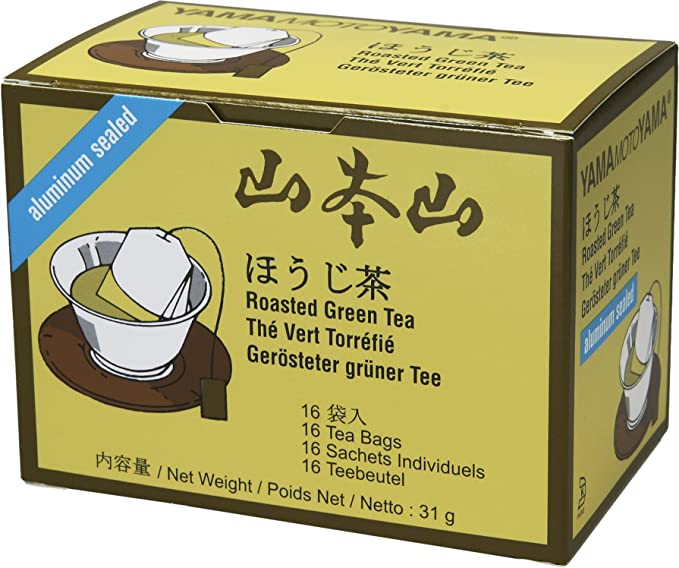
Tea.
Extra points of this is local. I lived in Shizuoka prefecture which is where most of the green tea sold in Japan is from, and there were several speciality tea shops in Hamamatsu. However, you can pick up a few boxes of good quality Japanese green tea from the supermarket. I especially recommend hojicha (roasted green tea) which has a beautiful nutty taste and is my favourite beverage to pair with traditional Japanese sweets.

¥100 Stores
A right of passage to any tourist to Japan is a trip to the 100円ショップ / Hyaku En Shop or 百均, Hyakkin selling items for about £1GBP / $1USD. The most popular brands are Daiso and Seria. I recommend these for:
Japanese ‘tat’.
I don’t mean this as disrespectful as it sounds, but it sells the usual Japanese stuff that people may expect – fans, charms, chopsticks. They also sell cute Japanese tablewear which look way more expensive than they are. (Never met a female gaijin who doesn’t have at least one sakura plate from Daiso…)
Character homeware goods.
Many ¥100 stores sell character homewear goods (mostly Sanrio and Disney): from lunchboxes and soap to cutlery and sandwich bags.
Tenugui.
You’ll quickly discover that Japanese public bathrooms more often than not do not have a means of drying your hands. As such, most people carry and personal towel on them. These can be weirdly pricey in other stores, but just pick yourself a cheapy one up from Daiso.
Washi tape.
There are so many varieties for the bullet journaller in your life. (The rest of the stationary is a bit crappy though.)
Malls/Department Stores/Homegoods Stores

If you’re in Tokyo I love the iconic Shibuya 109, although it does mostly specialise in fashion.
There are also several branches of the PARCO department store around Japan.
AEON is a really popular mall chain in Japan.
For stores which sell a little bit of everything, my favourites are Tokyu Hands, Loft and Muji. Don Quijote is also really popular, but for me it’s a sensory overload!
Here are a few items I have brought back over the years:
Bath salts.
Bubble bath isn’t really a thing in Japan, and if you know the recipient enjoys baths then bath salts make lovely, inexpensive and lightweight souvenirs.
Face masks.
Sheet masks are popular now in the west too, but you can definitely find more interesting themed ones in Japan.

Self-warming eye masks.
I brought a stockpile of these with me when I moved back to the UK, they’re really nice after a long day of staring at screens. I especially love the lavender ones.
Card/pass holder.
If the recipient uses public transport, Japan has so many cute pass holders. They range from Y500-Y3000 depending on the character.
Socks.
Everybody needs socks! In Japan you can find some with some hilarious designs.
Magazines.
You can find a magazine for any hobby or interest in Japan. My local bookstore carried SIX different magazines on the band BTS alone. Many brands even have a specialty magazine which are a little more expensive but come with a gift included. Fashion magazines especially make great gifts – even if the recipient doesn’t speak Japanese, they will enjoy flipping through and looking at all the cute clothes!
Stationary.
Annual schedules can be very inexpensive compared to the UK, and can be found themed for many franchises – Disney, Sanrio, Marvel, anime etc. If you know the recipient loves journalling and you want to splash out, you can buy them a Hobinochi journal which are only sold in Japan! You can select the cover and inserts you think they would like the most.
CDs.
Physical CDs are still popular in Japan, and if you know the recipient is a music lover you can bring them back a CD. Many music stores such as HMV still have headphones for you to listen to, and if not – go to the section of their favourite genre and choose the one with the most interesting cover!
And finally for some wildcards that don’t really fit in any other category…
Local specialities.
Every prefecture in Japan is famous for something. In Aomori it’s apples, in Hokkaido it’s dairy products, in Wakayama it’s plums. Alongside green tea Shizuoka is famous for mikan oranges. As such, you can find lots of items utilising the speciality items in some way. You can usually find a good selection in local museum gift shops or tourist information.
If you’re just staying in Tokyo and not travelling around a lot – I recommend checking out the Tokyo Government Building. Not just for the free views (pie off Tokyo Skytree and get here early!) but they also have an impressive gift shop selling a lot of these items from around the country.
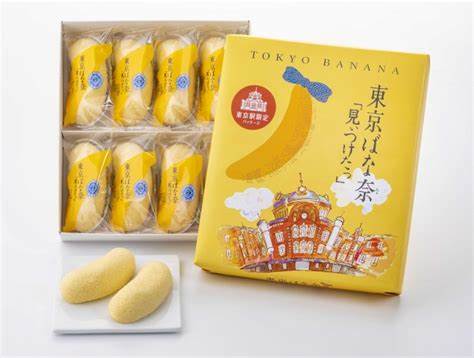
Omiyagi.
Gift giving is very important in Japan, and if you’ve been on a trip you’re expected to bring something back for your colleagues. You can usually find these pretty boxes with beautifully presented snacks in train stations, and they’re usually not too expensive. (A Japanese student recently brought some omiyage back into our office which was very sweet of them!)
The most famous kind of omiyage in Tokyo is the Tokyo Banana, which are soft little sponge cakes with a delicate banana flavour – but if you’re elsewhere, they’re usually based around the local speciality as mentioned above.
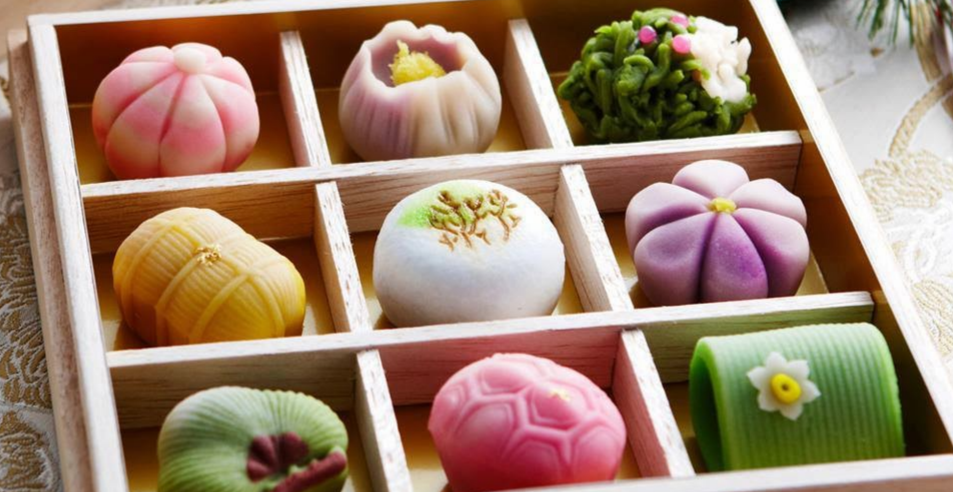
Wagashi.
Keep an eye out for charming little traditional sweet shops. I was lucky enough to live around the corner from the oldest in Hamamatsu, but if you ask at the tourist information/your hotel they’ll probably be able to point you in the right directly.
Daifuku and dango are my favourites, but you can see more about them here. If you’re unsure, most stores have a pre-packaged box of their most popular sellers, or simply ask the proprietors to suggest their favourites.
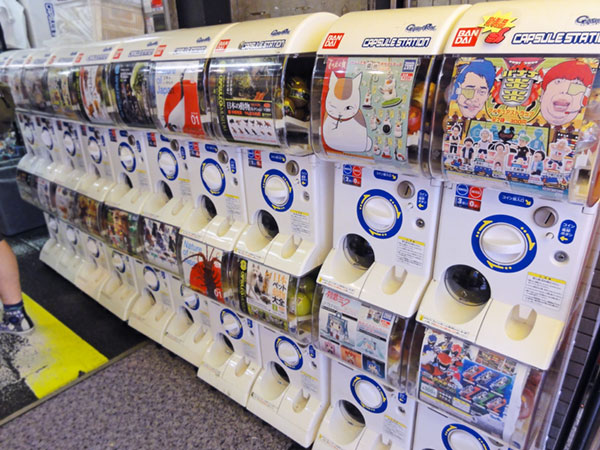
Gachapon toys.
There are thousands of gachapon machines all over Japan, and you’re bound to find something the recipient would enjoy. They are only around Y300 per toy, and they make excellent lightweight gifts. (If you have space in your suitcase, keep them in their original packaging for an extra surprise!) You can find speciality gachapon stores in nerdy havens such as Akihabara and Nakano Broadway, but most shopping malls and Don Quixote tend to have a good selection too.
Alcohol.
If the recipient enjoys a tipple or three, the afformentioned Don Quijote is a good shout as they have a huge selection on Japanese and important alcohol for discounted prices compared to department stores, konbinis and even the supermarket! If they like a certain kind of booze – you could buy a Japanese whisky, gin, rum or vodka. Or you can bring home some Japanese specialties such as sake or plum wine! Of course this can be heavy, so I wouldn’t recommend if you don’t have a lot of room in your luggage – of course if that’s the case you can always pick something up at the airport but this will be a little more expensive.
There are of course plenty more options – but I hope these have provided you with some ideas for your next trip. It’s certainly got my excited for my holiday…even though it’s well over a year away!
~ Carla


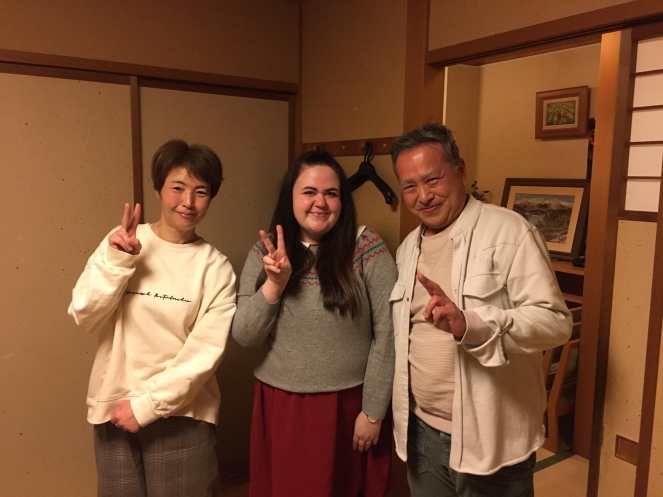
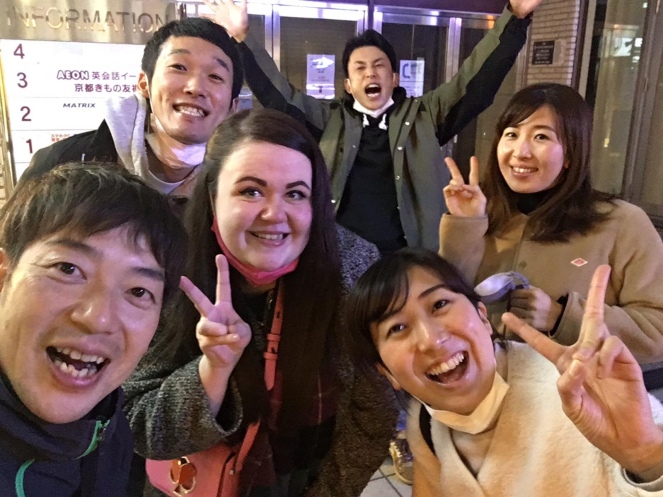












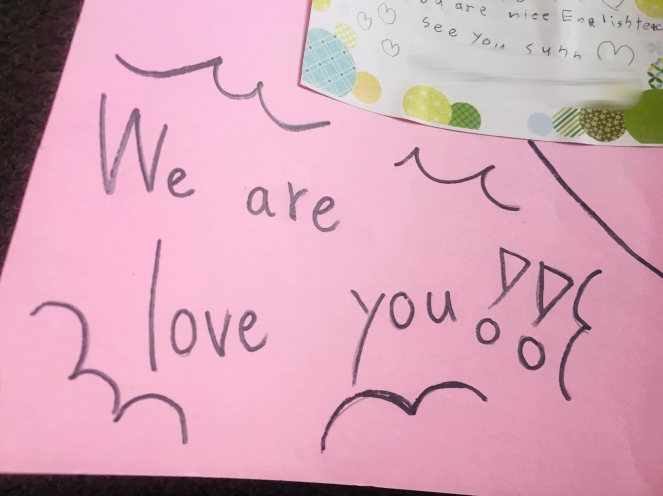

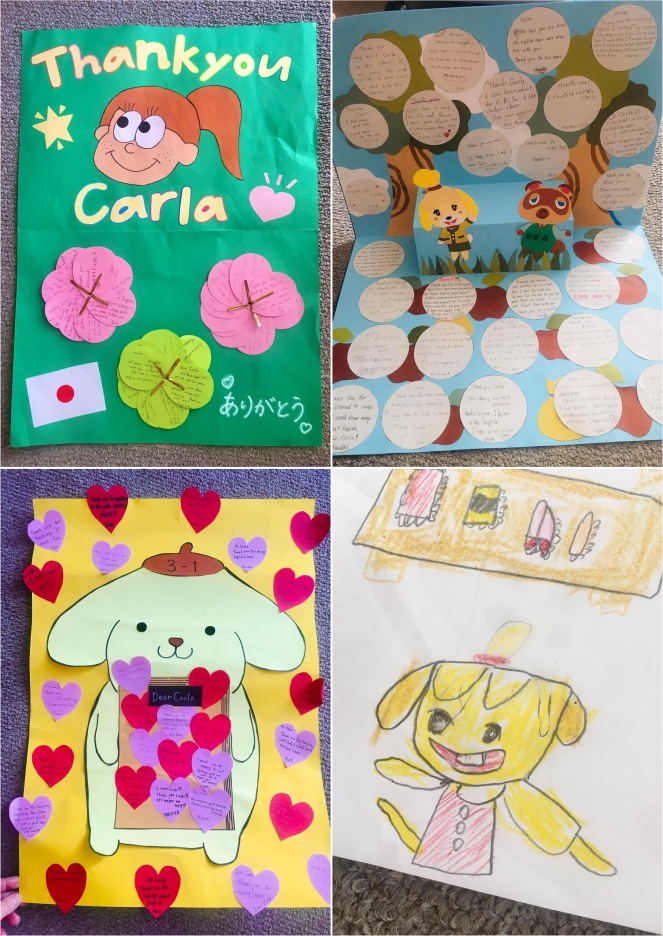







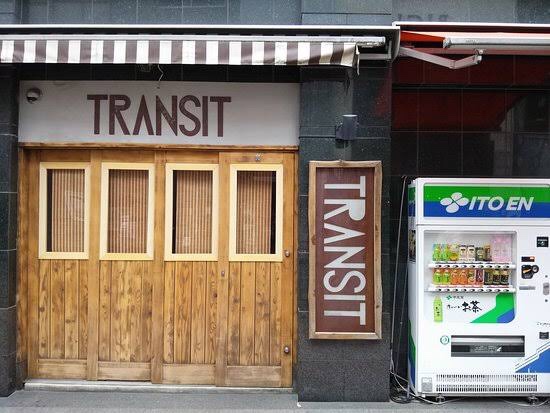
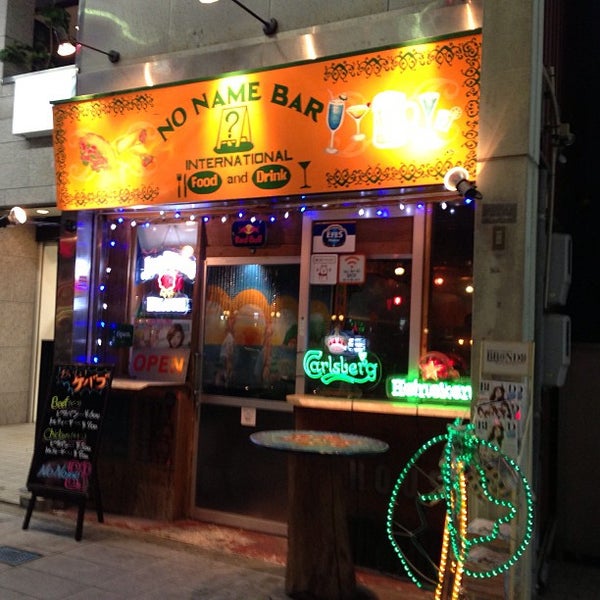
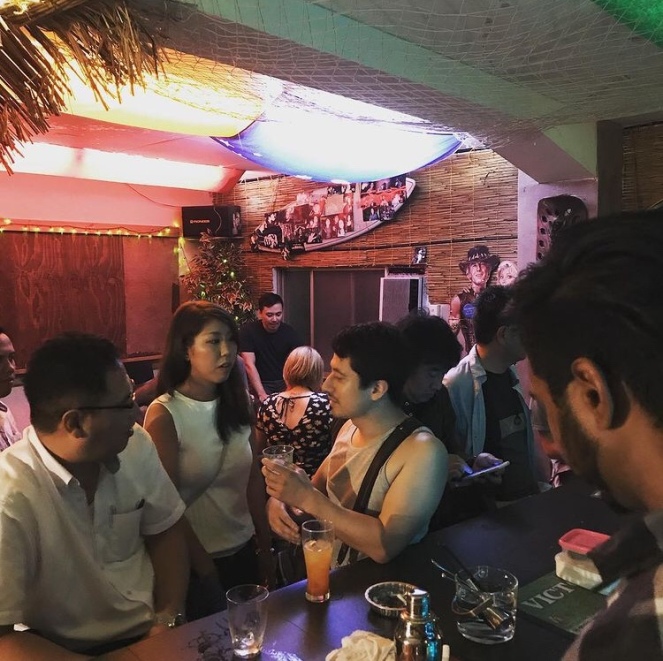





You must be logged in to post a comment.